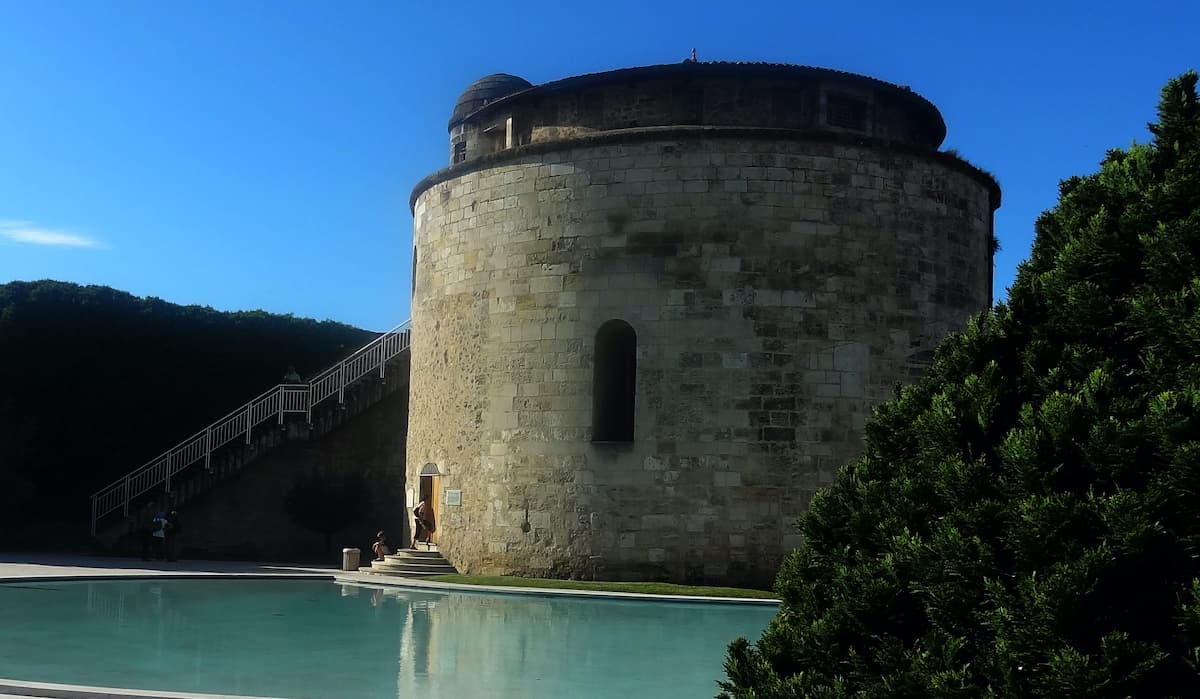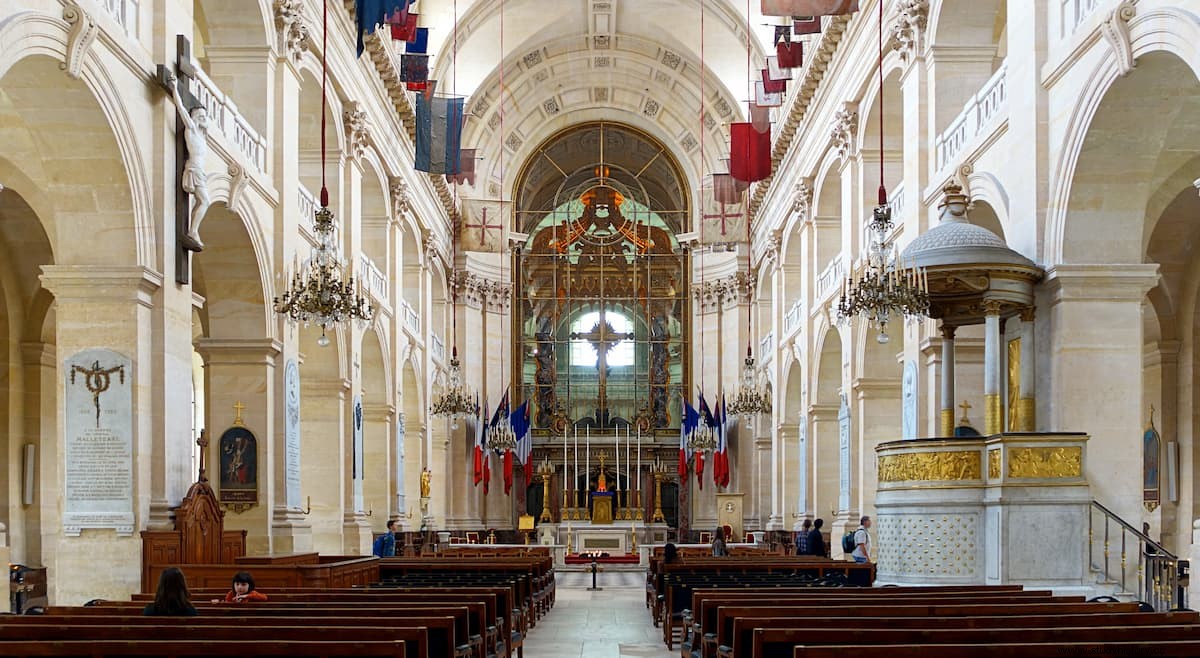In 1939, before the outbreak of the Second World War and the shadow of Nazi Germany falling over France, the French Prime Minister Édouard Daladier received in his office the unusual request to join the army to fight in defense of his country by of an exile It was not signed by any person but by one with a surname well known in national history:Bonaparte. The author of the petition was none other than Prince Napoleon.
Despite such impressive accreditation, Daladier rejected the proposal, relying on the Exile Law of June 21, 1886, which prohibited the presence in French territory of the heads of the royal and imperial families who had occupied the throne in times past (Borbon, Orleáns and Bonaparte), as well as their older children, also vetoing them from serving in the armed forces. The norm would be repealed in 1950 but for the moment it closed the way to that unheard-of volunteer.
Who was Prince Napoleon? It was Louis-Jérôme Victor-Emmanuel Léopold Marie Bonaparte, also known as Napoleon VI by unrepentant Bonapartists, since he represented the Maison Impériale Française (French Imperial House) since 1926 and would continue to do so until his death in 1997. He did not descend directly from the famous Emperor but from his younger brother, Jerome, being the son of Victor Napoleon and Princess Clementine of Belgium; therefore, great-grandson of Luis Felipe de Orleáns, since his maternal grandparents were Leopold II (the one who took over the Congo) and Luisa María de Orleáns.
Consequently, the young Louis grew up in the Belgian city of Leuven (although he was born in Brussels in 1914), although he spent time in England, fostered by the former Empress Eugenia de Montijo. He then went to study Political Science in Lausanne (Switzerland), where he settled. The death of his father, which occurred in 1926, had made him the new Bonapartist claimant to a hypothetical imperial throne of France when he was only twelve years old, which is why his mother acted as regent until he came of age. .
As he happened to all those who lived through those stormy times, the Second World War changed all forecasts. Louis did not resign himself to Daladier's refusal and, determined to serve in arms in any way, he drew on the great French resource for such cases:the Foreign Legion, where, at least in theory, anyone could join without answering questions about their past or their private life. He adopted the name Louis Blanchard, which was originally Plankaert (the pseudonym he used when he occasionally visited the country incognito) but was phonetically transcribed that way by the recruiting officer of the battalion he enlisted in.
Thus, on March 19, 1940, the legionnaire Blanchard, number 94,707, signed a contract that was to last until the end of the war and was initially sent to Sathonay-Camp, a town in Lyon that, as its name indicates, housed a military camp. The Legion's guarantee of anonymity allowed him to carry on without even being acknowledged by a former master, General Boyer. A few weeks later he was assigned to a village in northwestern Algeria called Saïda. From there he went to another garrison further south, Kreider, under the command of Austrian-born Lieutenant Otto Ritter von Heymerle.
Legionnaire Blanchard was unable to fight at the front because the mighty Wehrmacht occupied France in forty-six days, signing the Armistice of Compiègne, which implied demobilization. That is why his request to go as a volunteer to what is known as the Third Battle of Narvik (in Norway, where five French battalions were fighting, two of which were from the Legion) was not only rejected but ended with his discharge from the army.

He was Louis Bonaparte again but he had one last bullet left in the chamber:join the Resistance. In 1942 he traveled to Spain with the aim of crossing the Pyrenees in the company of three comrades, but the group was discovered and arrested by the Germans. Being who he was, he was offered a favored deal but he refused to accept it and was confined to the Château du Hâ , a fortress from the Hundred Years War located in Bordeaux that the invaders used as a prison for politicians (Daladier was also there, for example).
They then transferred him to the Fresnes Prison, in the south of Paris, a historic penitentiary behind whose walls, ironically, the collaborationists and later the OAS and FLN militants would serve their sentences. At the time the Gestapo used it to imprison, torture and execute British agents and members of the Resistance. Louis must not have liked the site because he demanded to be deported to Germany or released; the intervention of the Italian royal family got him placed under house arrest.
This allowed him to come into contact with his cousin Joachim, a descendant of Murat, who helped him join the ORA (Organisation de Résistance de l'Armée), a branch of the Resistance made up of soldiers founded by the French general Aubert Frère on 31 January 1943, after the Germans occupied Free France; Joachim was part of the Carlos Martel Brigade and would die in action in July 1944. The following month Louis Bonaparte himself, who this time called himself Louis Monnier, was about to end up operating in the Châteauroux region in the same way.
It was on August 28 in the heart of the country:in a place called la Butte, belonging to the municipality of Heugnes (indre department). Louis was the only survivor of the group of six men who were driving in a truck when the vehicle was hit by a gunshot. He was injured in the leg but was able to escape and, after recovering, joined the Alpine Division, receiving the Legion of Honor. He would also obtain other decorations, such as the Croix de Guerre, the French Resistance Medal and the War Commemorative Medal. 
After the conflict and demobilized, he was authorized to reside in France unofficially, although he preferred to stay in Switzerland with the title of Count de Montfort. Of course, he visited Paris from time to time until in 1950, with the abolition of the aforementioned law of 1886, that matter was put an end to. The previous year he had married Alix de Foresta, daughter of Count Albéric and with whom he had two boys and two girls. Successfully dedicated to business, with companies in Africa (Sahara, Congo...), he also led the classic bon vivant life corresponding to his lineage (hiking, skiing, diving, motoring) who ensured to preserve the historical heritage of his surname.
Part of it was donated to the French state in 1979, including letters and objects from Napoleon and Napoleon III. But when he passed away in Switzerland, in 1997, the family representation remained in the hands of his son Jean-Christophe; he was not his eldest, since he disinherited him for divorcing and remarrying without his permission, not to mention that he was a democrat who, according to his own words, was closer to the republican Napoleon than to the imperial one .
The funeral was officiated in the church of Les Invalides in Paris, a detail because that site was founded by the original Napoleon. His mortal remains were deposited there, guarded by an honor guard made up of four legionnaires, although they were later taken to the Imperial Chapel of Ajaccio, Corsica.
Fonts
Note on the patronyme and titles of the Bonaparte family (Jean-Claude Lachnitt at Napoleon-org)/Noblemen who fought in the French Foreign Legion (Nikola Budanovic in War History Online)/Battle rages for the Napoleonic succession (John Lichfield at Independent)/Wikipedia
